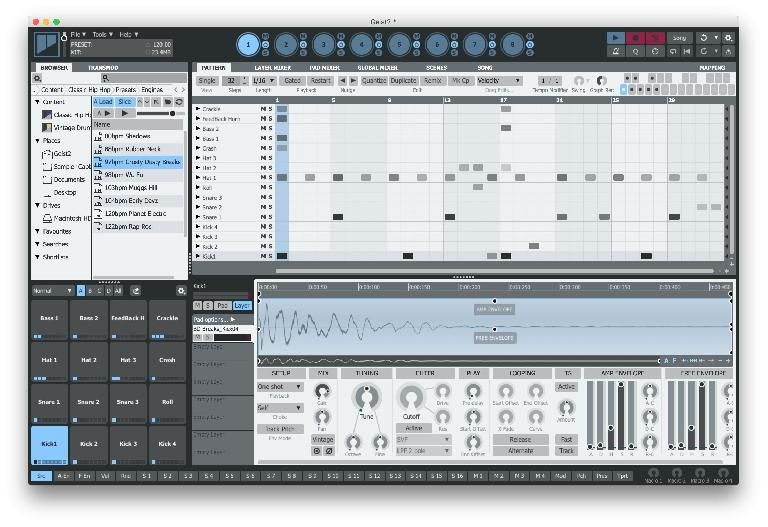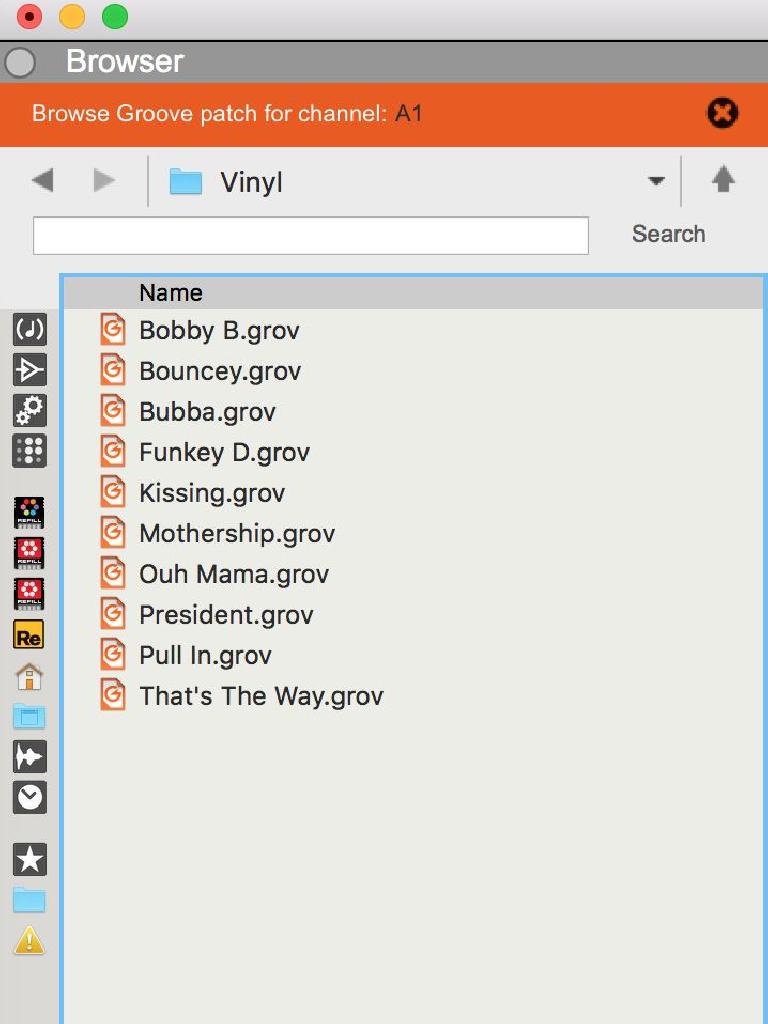1. Compose In Layers
When building a loop, create it in layers rather than inside multiple MIDI clips. That is to say, use your DAW’s lanes feature and use separate audio and MIDI tracks to have everything available as a separate source that can be muted. When you come to export the loop, you will then be able to output different permutations of the loop by simply muting or unmuting the different layers. So you might end up with an intro loop with just a bit of melody, a slightly more involved version with a simple kick drum present, and keep adding layers until everything is audible. Your folder of exported loops will then contain lots of different versions of the loop for you to provide to buyers, or to use yourself.
2. Consider Your Target Market
If your loops are designed to have a rap vocal over them you’re probably not going to want them to be overly busy, since too many sonic elements in a loop will tend to fight for space with the vocal. Listen to hip hop that you enjoy and you’ll probably find that even when there are catchy beats and hooks, the loops don’t have a ton of different instruments all playing complex parts at once. When an old soul or funk record has been sampled, producers often choose simpler loops or EQ the loop to tone down the prominence of horns, guitars and other elements occupying the middle frequency range where the vocal will need to go.
3. Use Good Sounds
This might sound obvious, but pay attention to your sound source selection when building loops. Using a General MIDI drum kit probably isn’t going to make your beats sound very good, and hip hop fans do know the difference. If you don’t have access to top flight virtual instruments then get creative with effects and processing to disguise the origins of your sound. In old skool hip hop, some grit is actively encouraged. Distortion, lo-fi effects and saturation can all help here. If you’re working with electronic beats there are a fair few free or inexpensive software beatboxes around that can give great results with very little outlay. Check out our guide to all the free virtual instruments available here.
4. Cut and slice
Hip hop is a genre where re-using existing material is acceptable – it was founded on sampling old funk records after all. Of course you can’t just steal material without permission, but any of your own existing loops and any bought commercially can be edited as much as you like. A good way to slice and dice existing loops and re-sequence them into something new, fresh and interesting is to use a tool like FXPansion’s Geist, Steinberg’s Groove Agent or even a plug-in like iZotope’s Stutter Edit to create something new out of something old.
5. Always remember the groove
Hip hop is more than enything else about getting a great groove, so straight quantization isn’t going to cut it. Use your DAW’s quantize tools to add groove to beats and melodies and remember that you don’t have to quantize every element in a loop using the same settings. Mixing things up a little can lead to a much more laid back feel.






 © 2024 Ask.Audio
A NonLinear Educating Company
© 2024 Ask.Audio
A NonLinear Educating Company
Discussion
Want to join the discussion?
Create an account or login to get started!